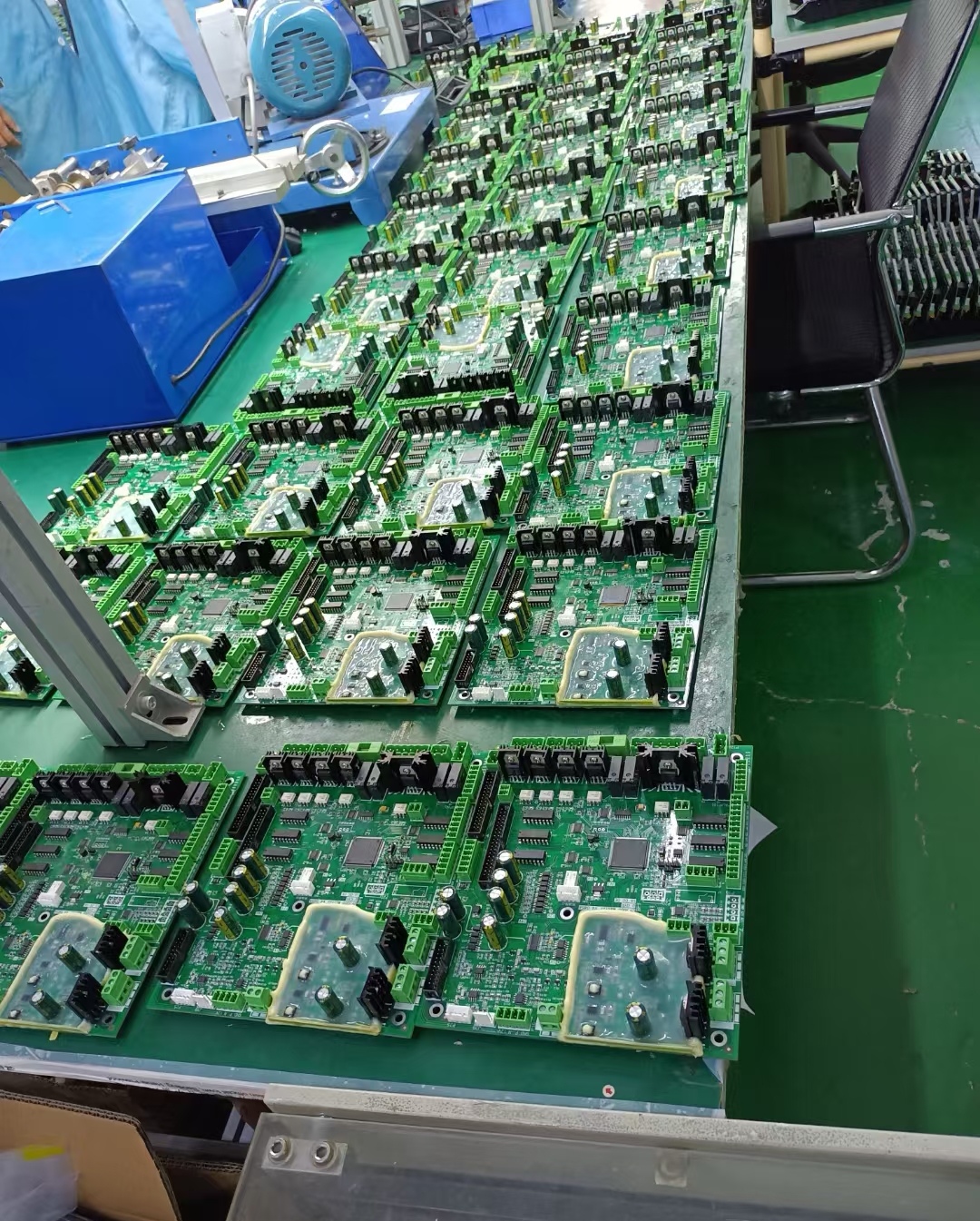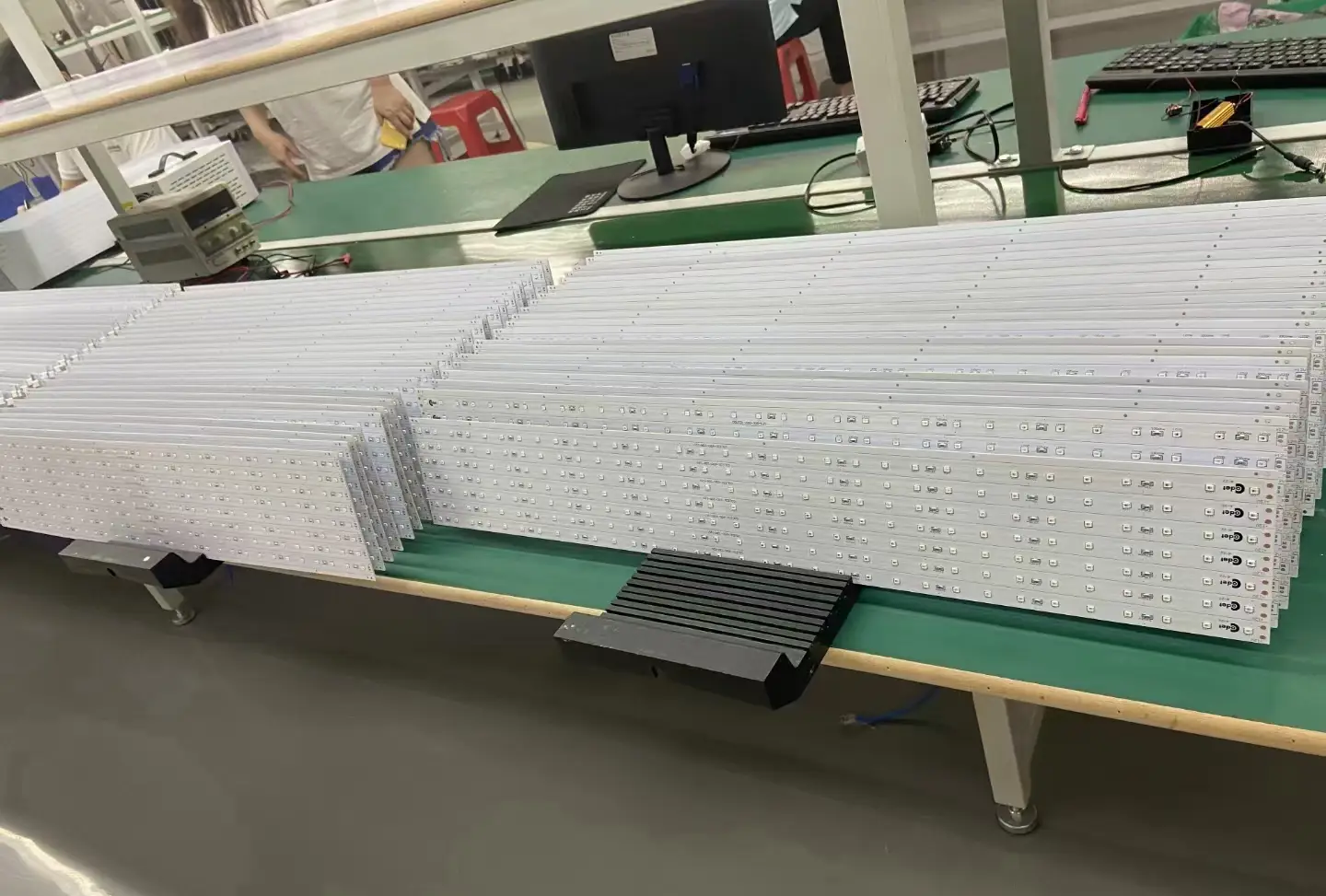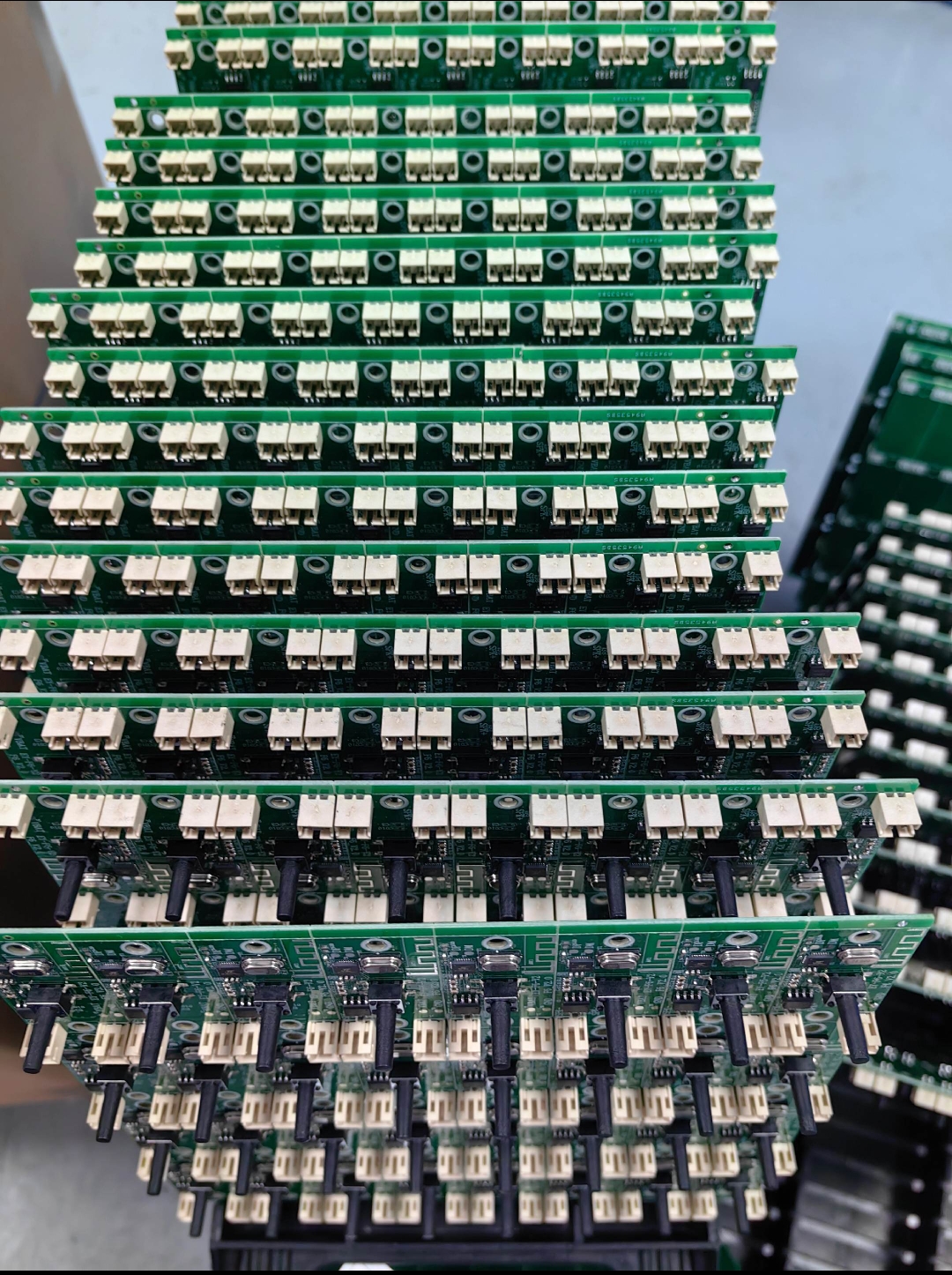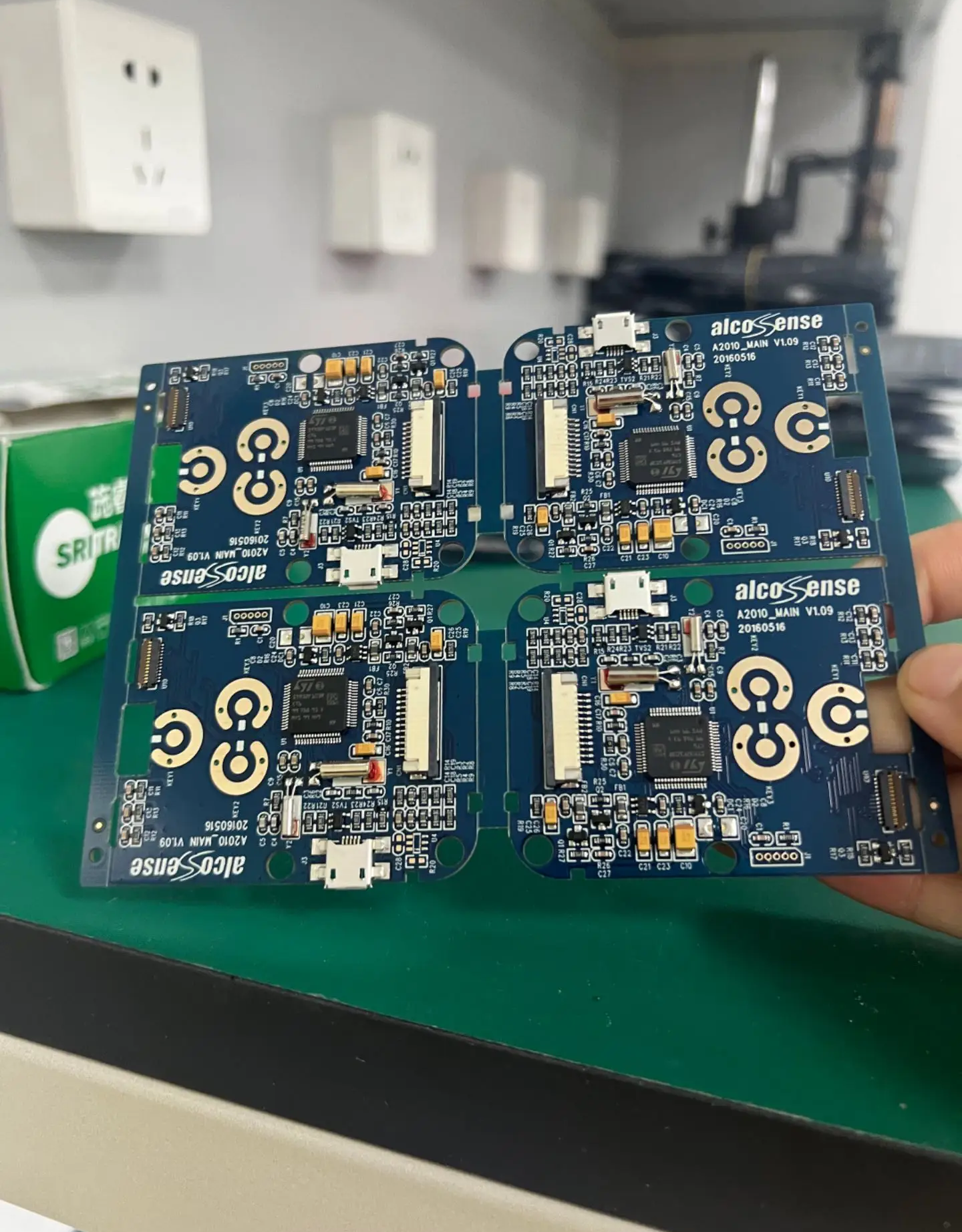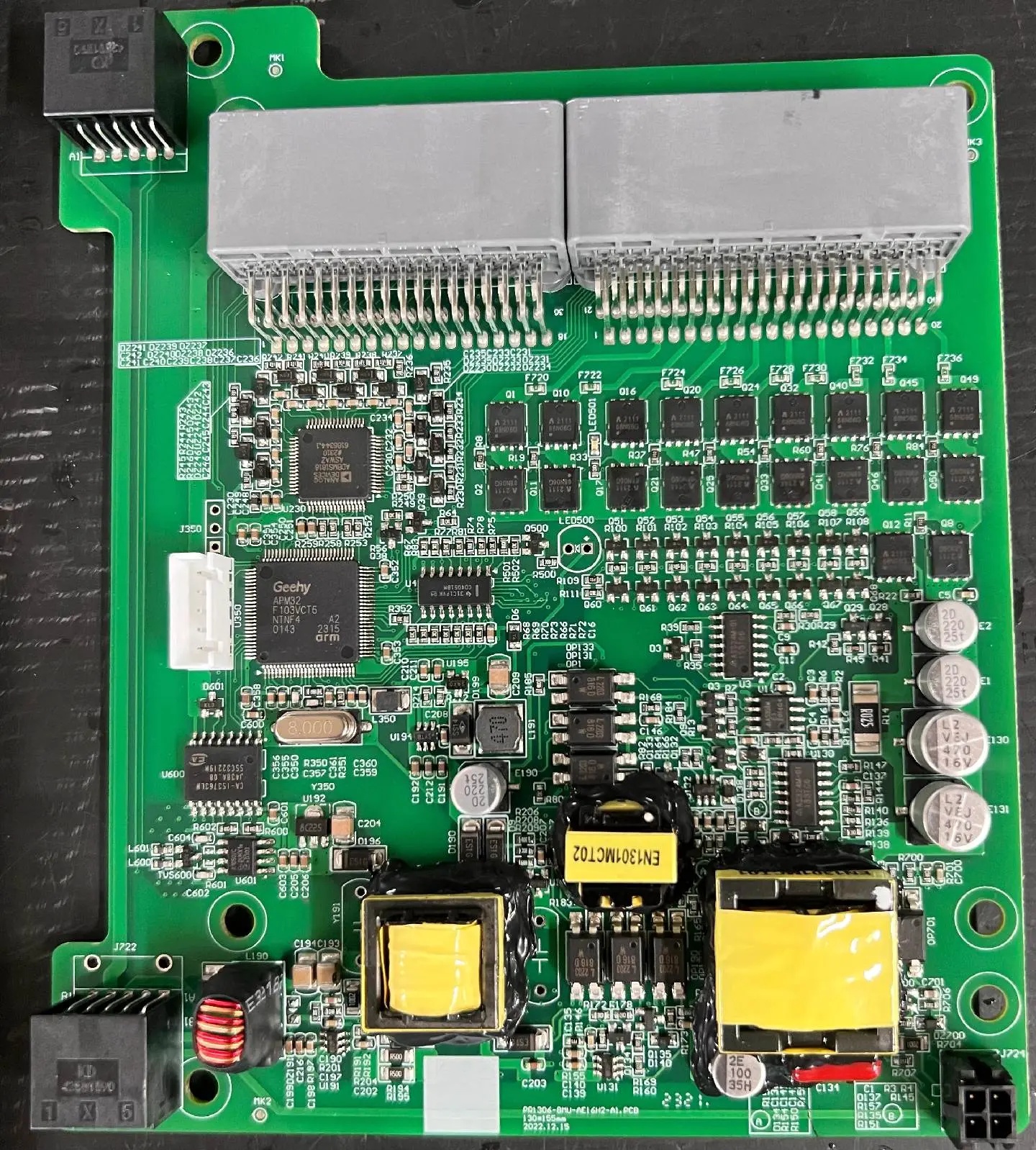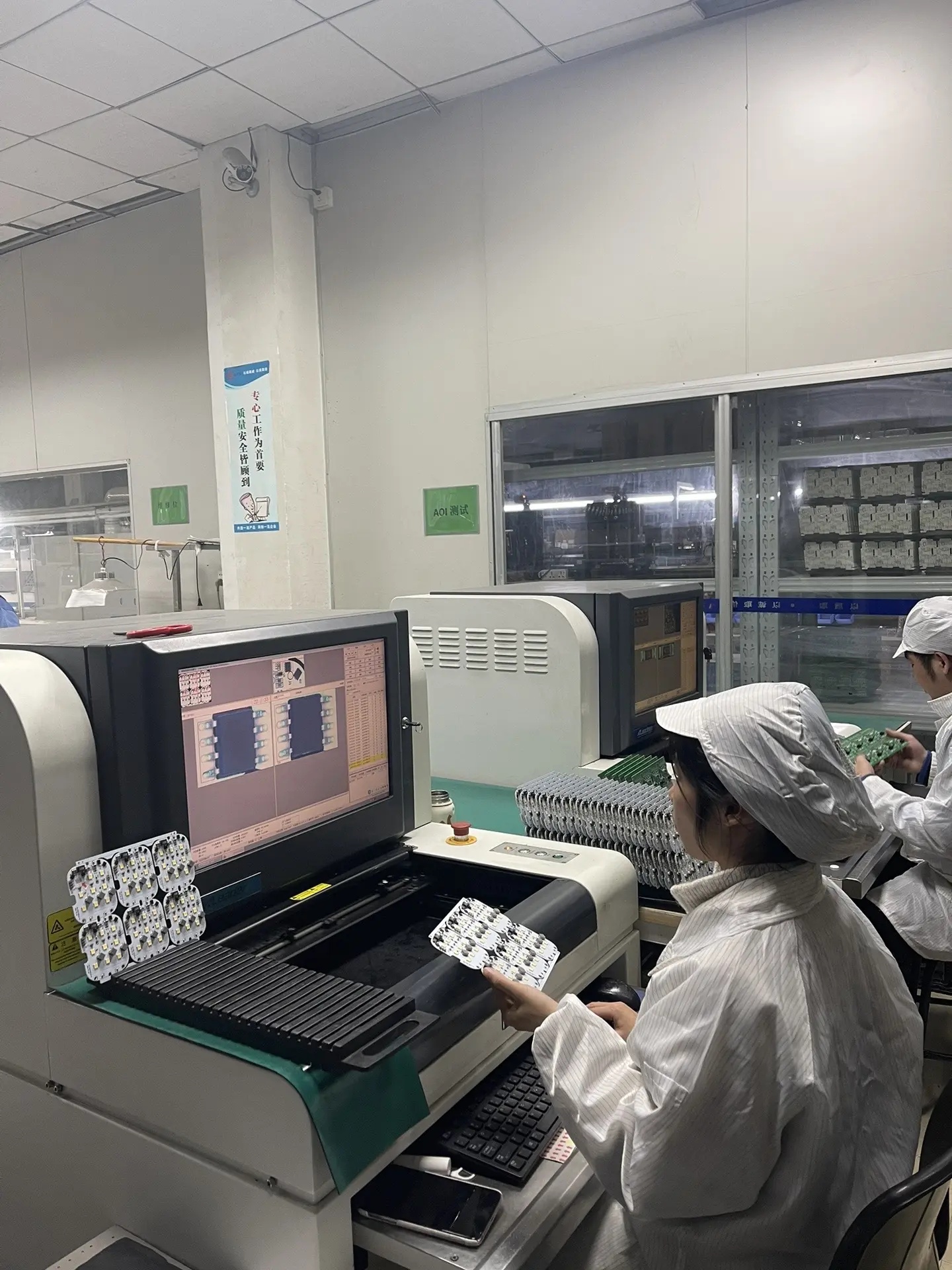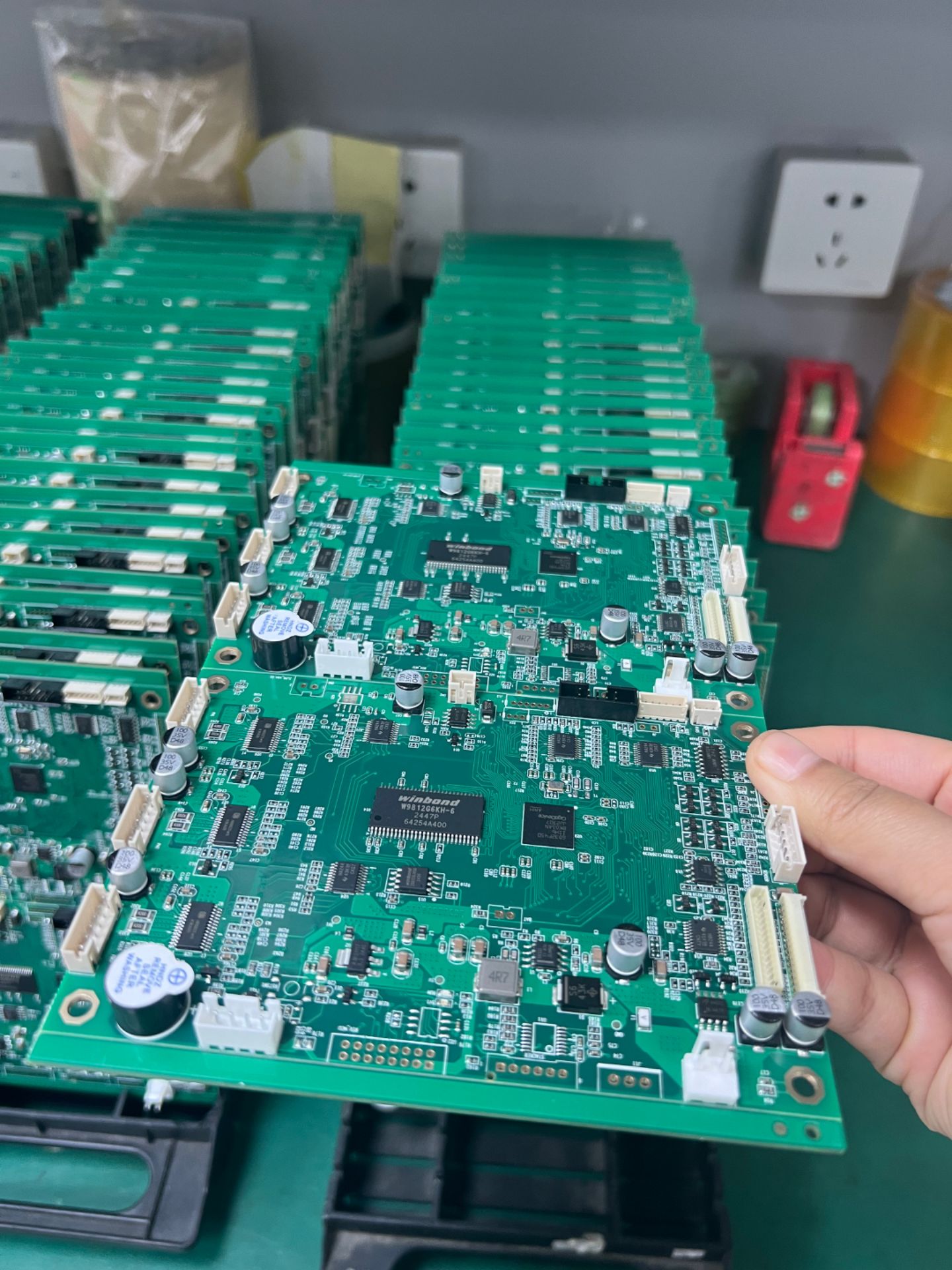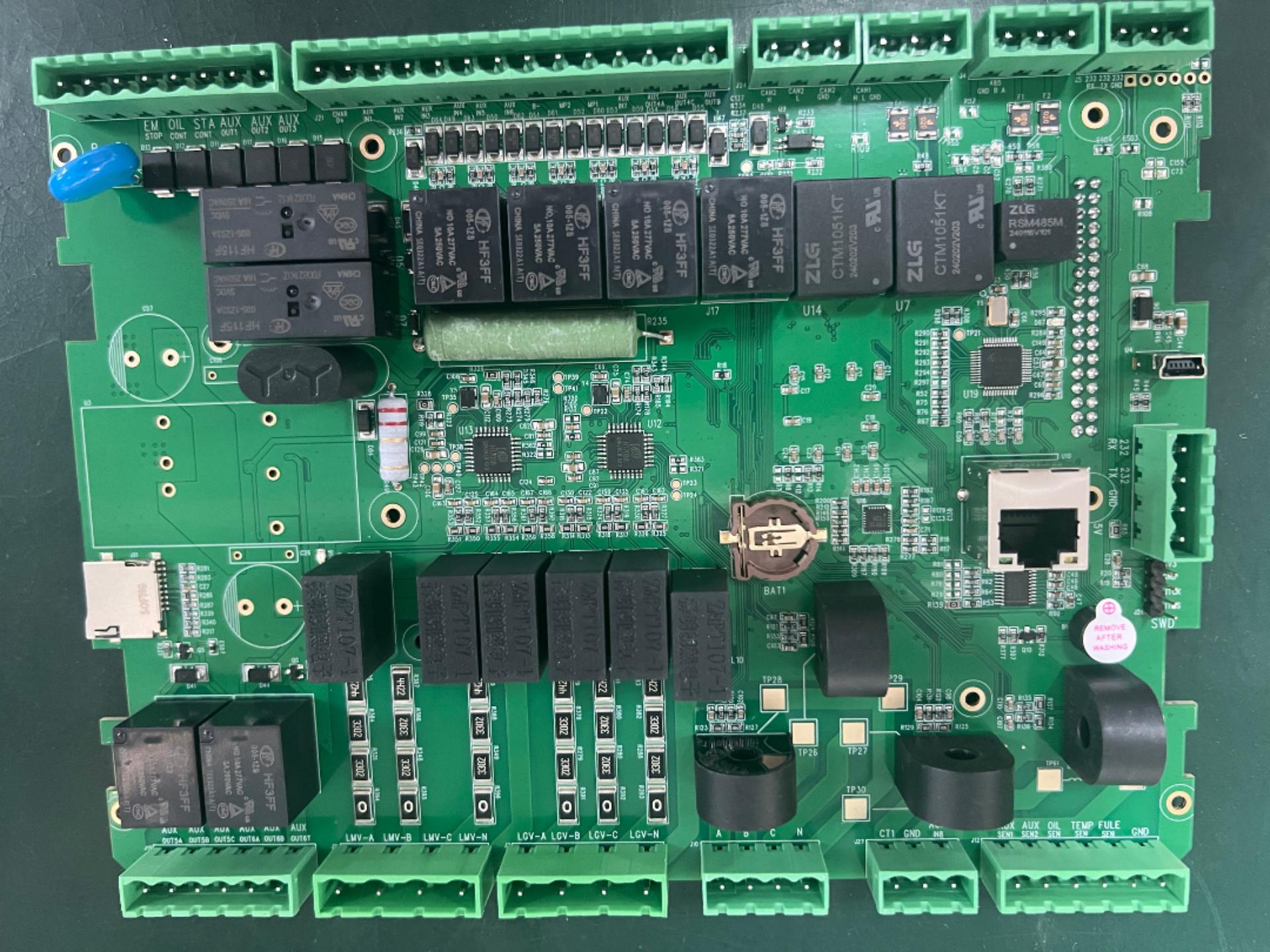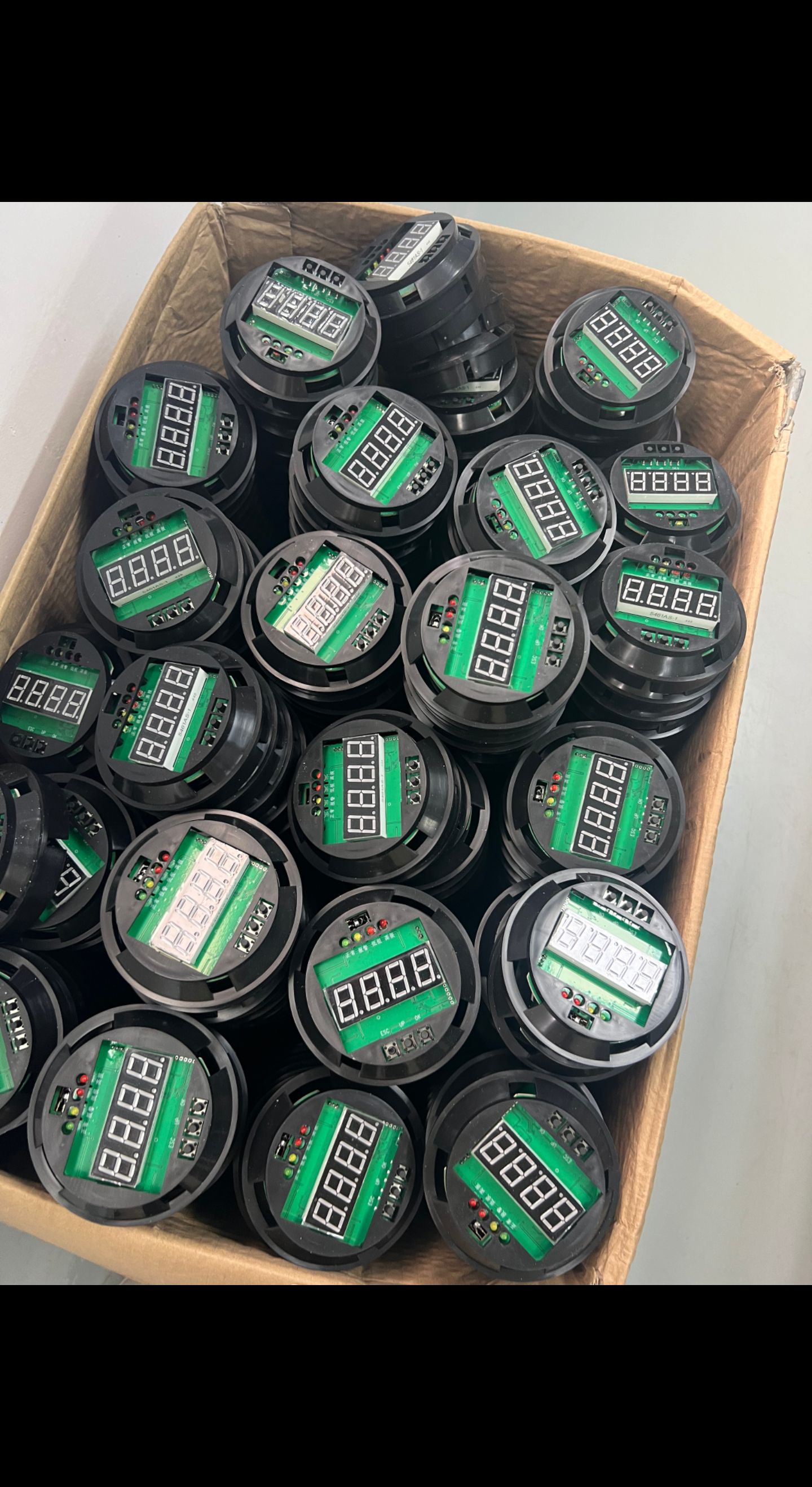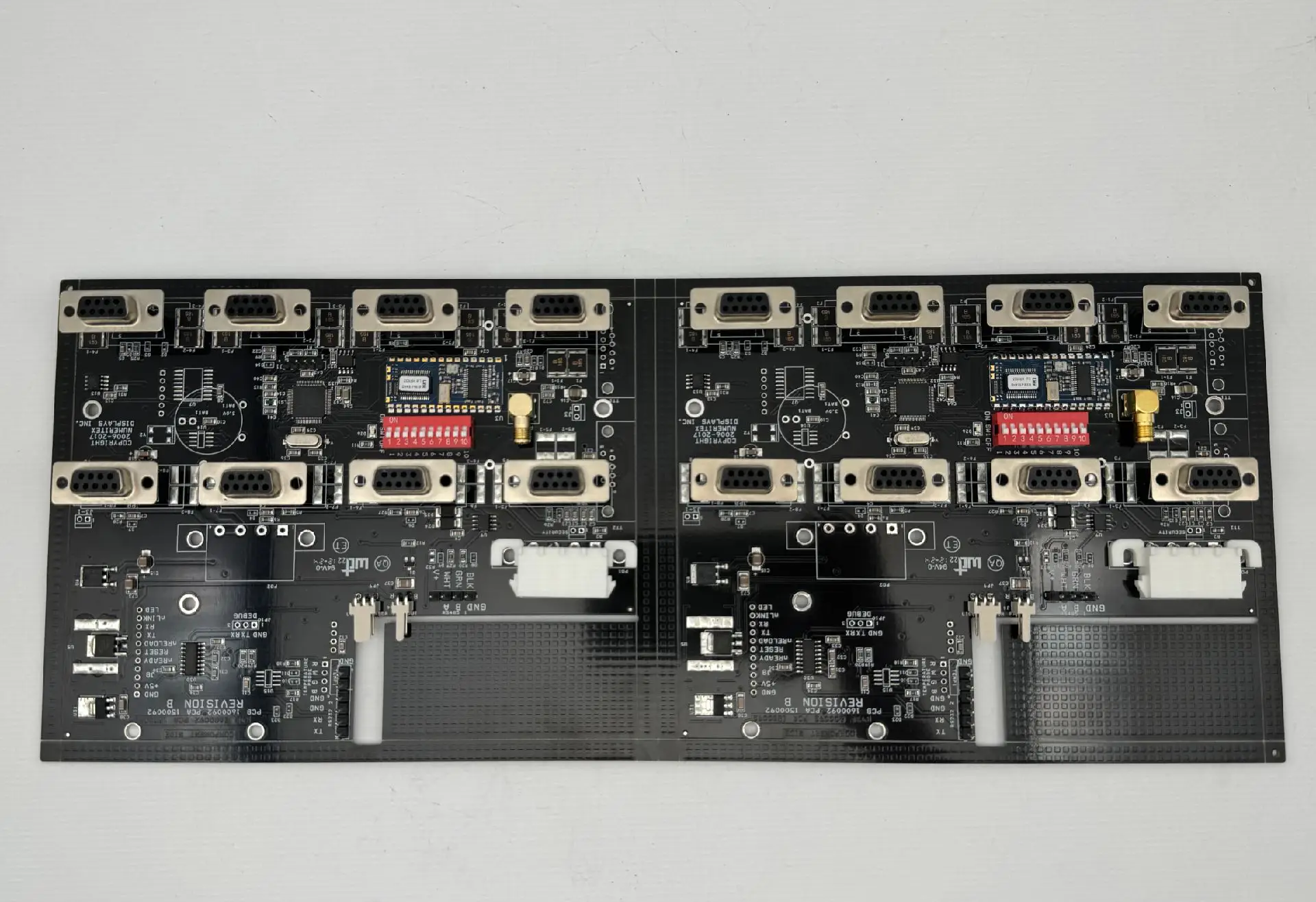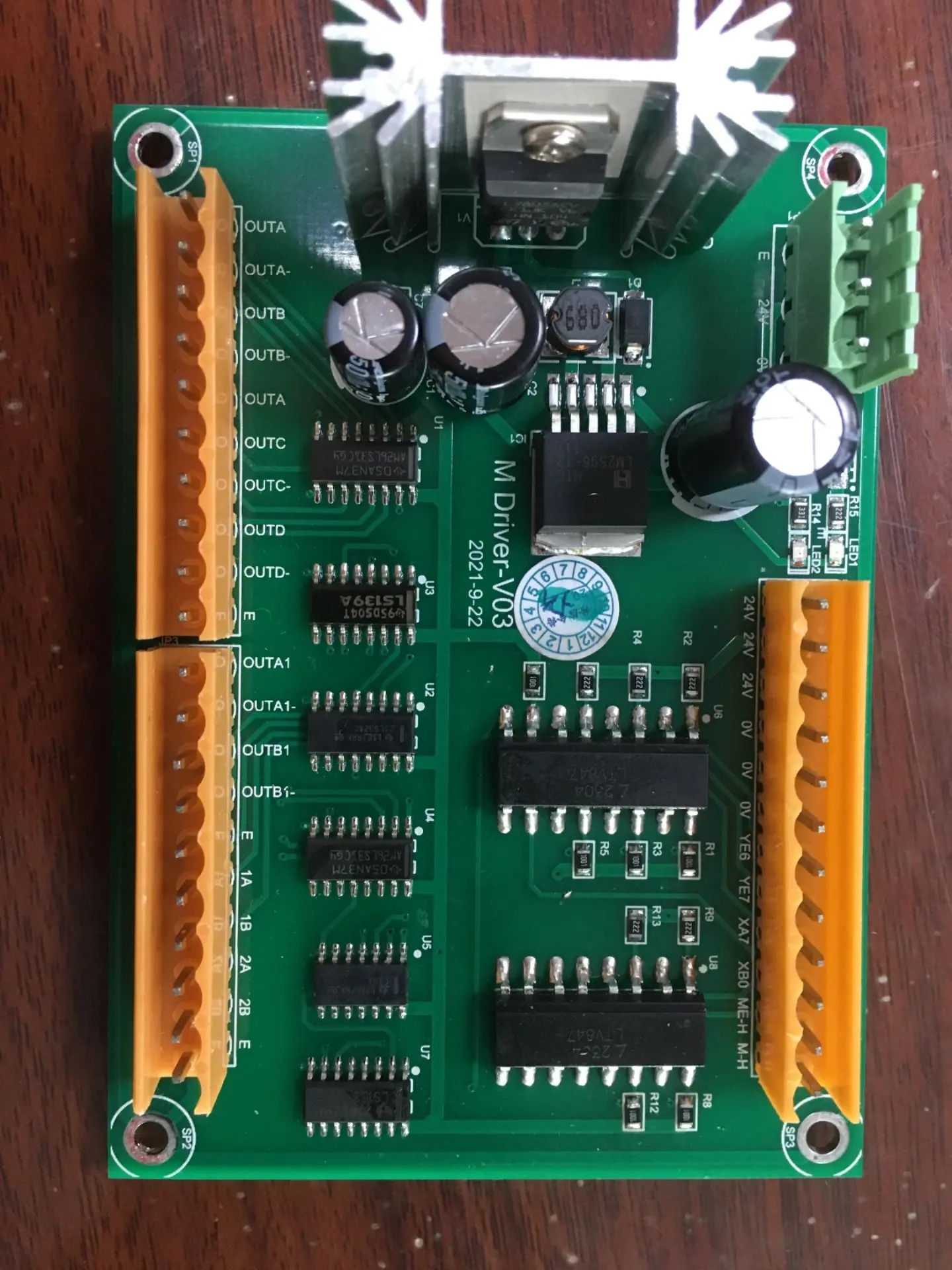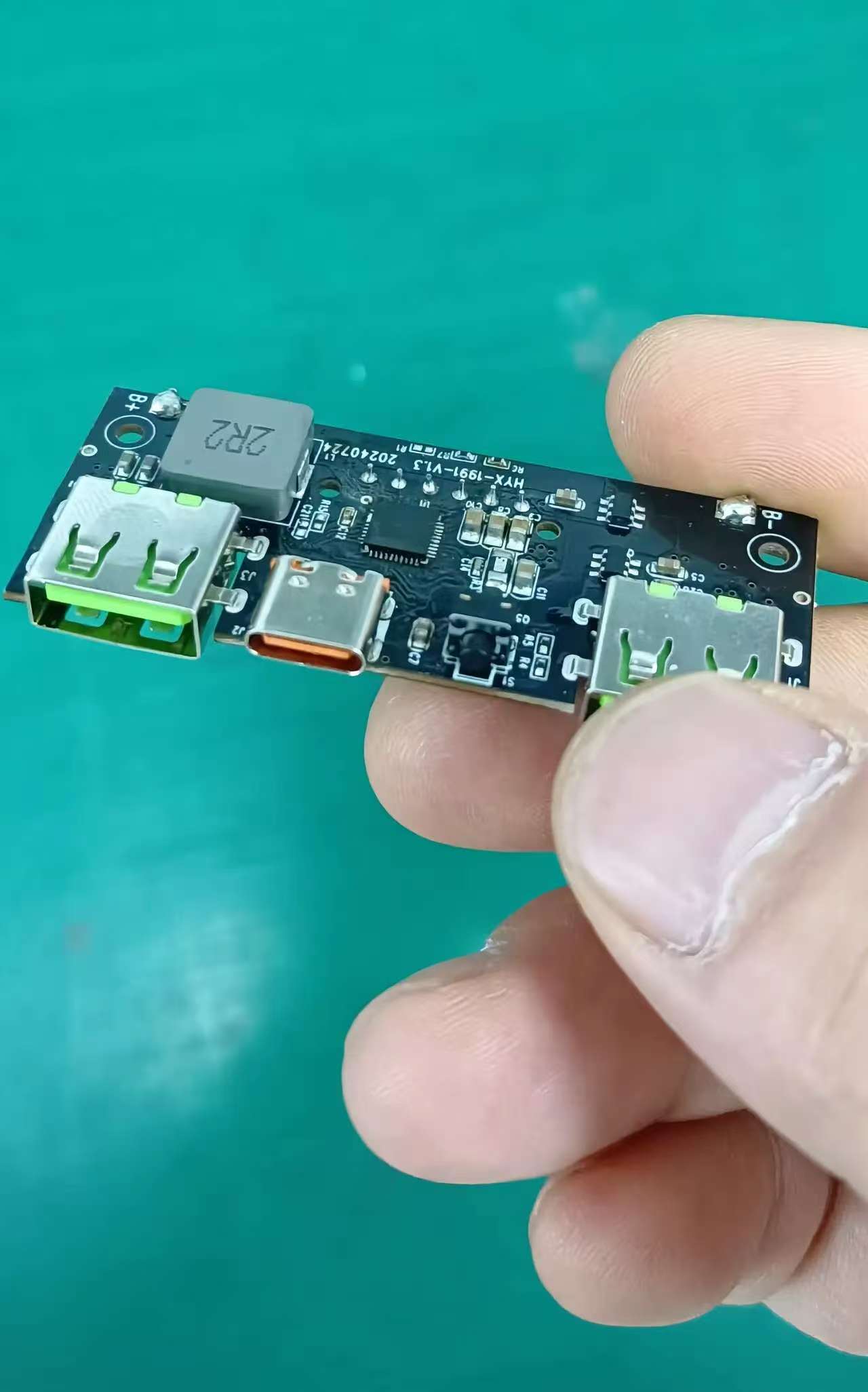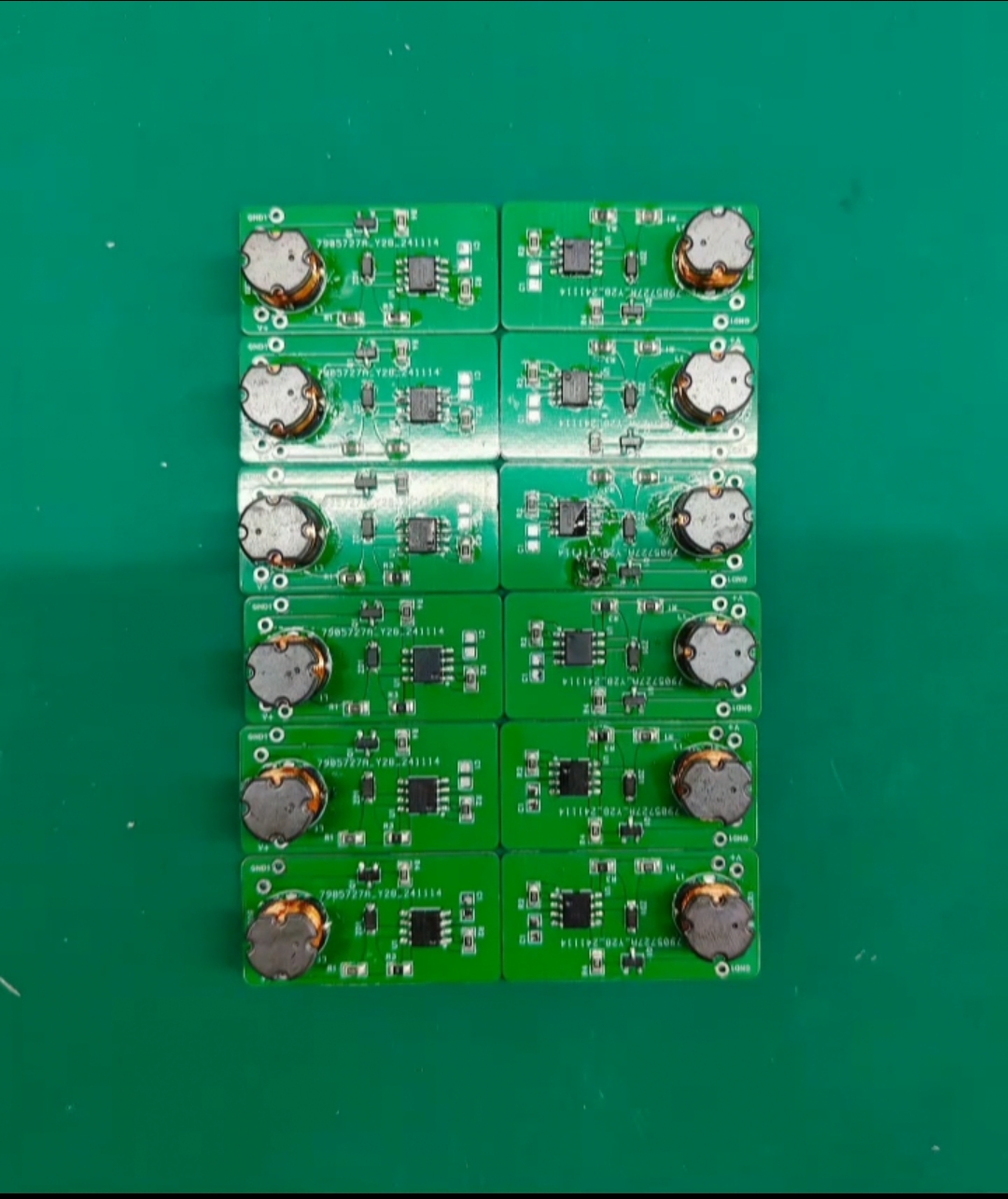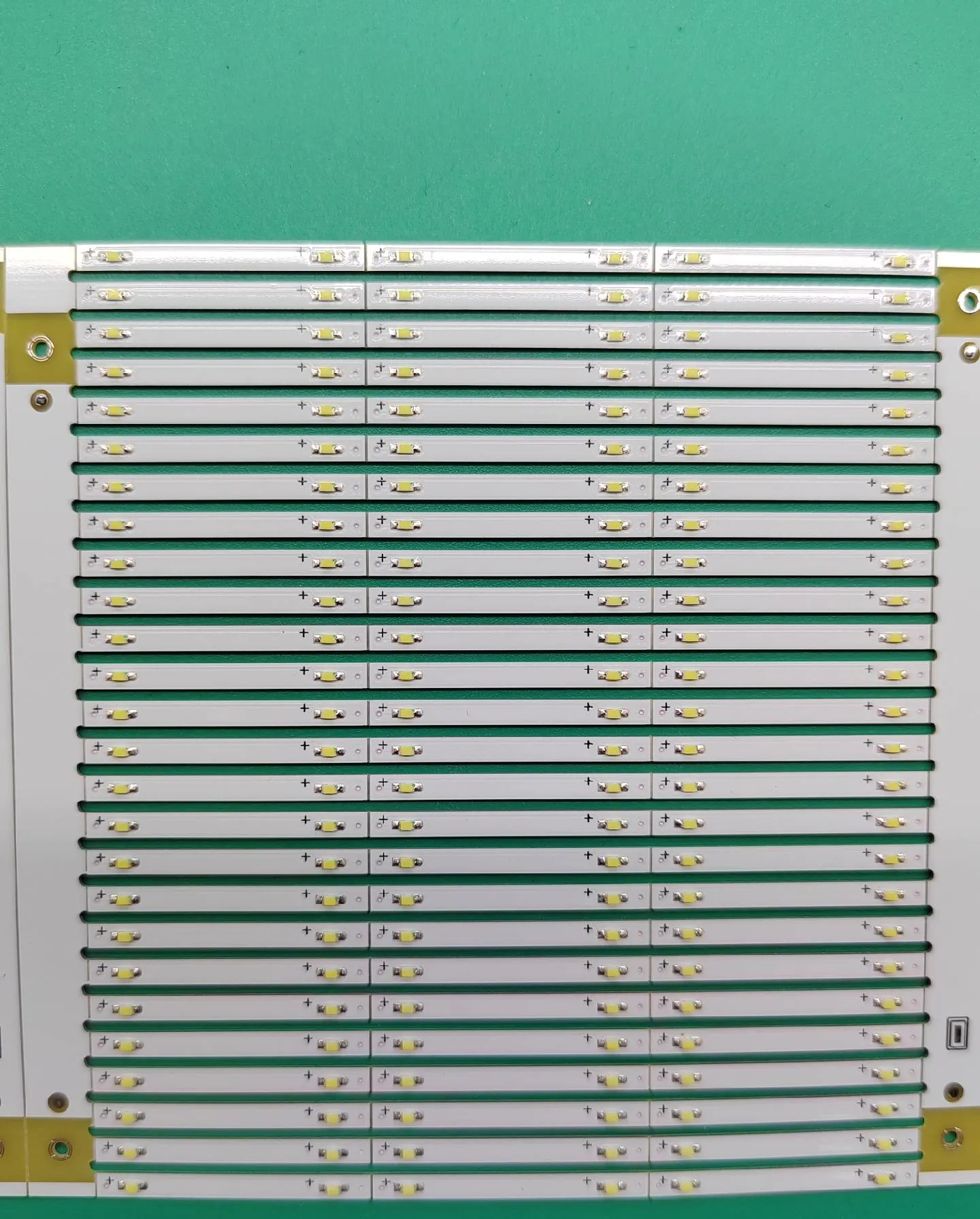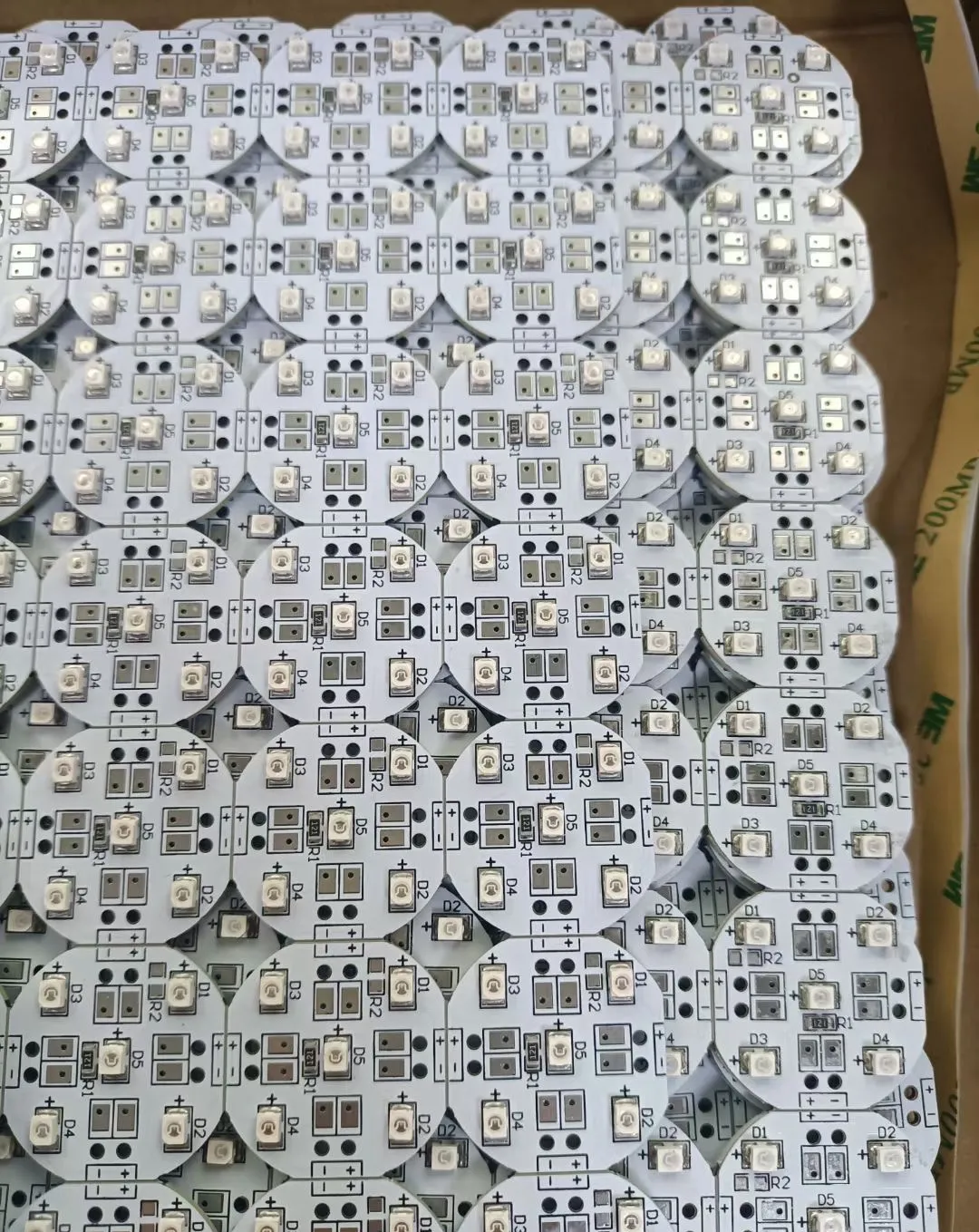The process edges of PCB (Printed Circuit Board) play a crucial role in the manufacturing process. Below is a detailed explanation of their main functions:
- Ensure dimensional stability: During PCB processing, drilling or cutting may cause slight dimensional errors. Process edges ensure the dimensions of the pre - processed PCB do not deviate excessively, thus guaranteeing stable production on the production line.
- Edge flatness: Process edges must be processed to be flat, which ensures that the PCB will not be affected by errors during installation and connection. Flat process edges can prevent the PCB from tilting or misaligning during installation, thereby ensuring the overall performance stability of electronic devices.
- Facilitate assembly: The processing of process edges makes assembly and installation smoother and more convenient. It can ensure that the components on the PCB can be accurately docked with the equipment, improving the equipment's usage efficiency and overall quality.
- Increase mechanical strength: Process edges can increase the mechanical strength of the PCB and maintain the stability of its shape. This is particularly important for high - precision circuit boards. Once the shape of the circuit board is unstable, it will cause performance instability of the circuit board and affect the quality of the entire electronic product.
- Protect the PCB: For some large and heavy accessories fixed together with the PCB, process edges can provide support to prevent other parts of the PCB from bearing excessive force and cracking.
- Facilitate identification: After the PCB is processed, printing or marking on the process edges can be used to identify the type and specifications of the PCB, which is convenient for the management and identification of PCBs and reduces confusion on the production line.
- Assist in SMT processing: In SMT (Surface Mount Technology) processing, process edges are long - strip blank board edges set aside for track transmission positions and placing panel Mark points. They can assist in processing such as SMT pasting, DIP plug - in, and welding board transportation to ensure the smooth progress of processing.
In summary, the process edges of PCB play a vital role in the manufacturing process. They not only ensure the dimensional stability and edge flatness of the PCB but also improve assembly efficiency, increase mechanical strength, protect the PCB, and facilitate identification and management.
8033 View

